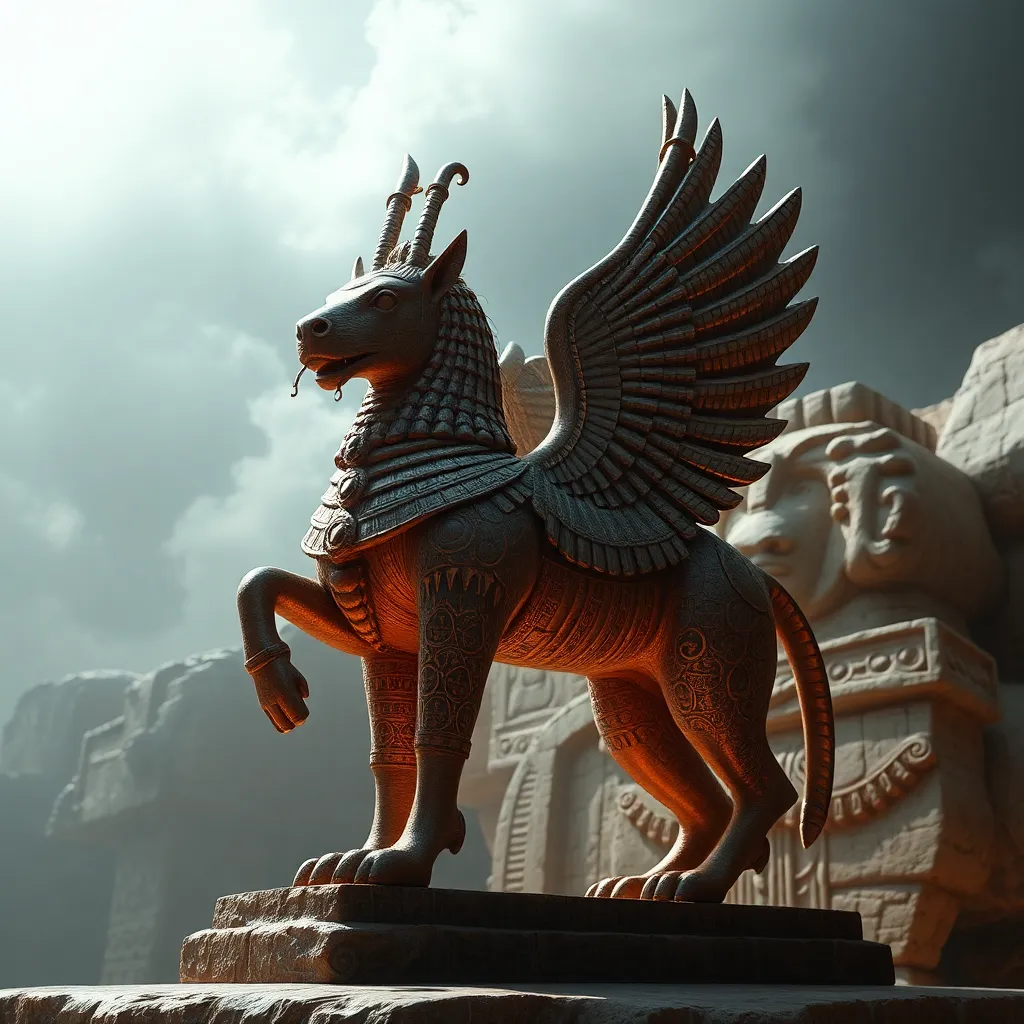The Psychology of Gnome Folklore: Exploring the Human Desire for the Supernatural
I. Introduction
Gnomes, small mythical creatures often depicted as bearded men in pointy hats, have captured the imagination of cultures across the globe. Traditionally associated with the earth and nature, gnomes represent a rich tradition of folklore that reflects humanity’s desire for the supernatural. Understanding gnome folklore is essential in uncovering the underlying psychological themes that resonate with our shared experiences and fears.
This article delves into the psychology behind gnome folklore, examining how these mythical beings symbolize our intrinsic desire for connection with the supernatural. By exploring historical contexts, psychological theories, and modern cultural representations, we can gain insights into how gnome folklore mirrors human psychology.
II. Historical Context of Gnome Folklore
The origins of gnome mythology can be traced back centuries, with roots in various cultures. Gnomes are often seen as earth dwellers, guardians of treasure and nature, with variations found in German, Scandinavian, and even Roman traditions. Over time, the characteristics of gnomes have evolved, reflecting societal changes and beliefs.
- Origins: The earliest mentions of gnome-like creatures can be found in ancient texts, where they were often described as spirits of the earth.
- Evolution: Over the centuries, gnomes transitioned from fearsome guardians of the earth to more whimsical figures in garden decorations.
- Role in Society: In early human societies, gnomes were believed to embody the mysteries of nature, representing the unknown that humans were both fascinated and fearful of.
III. Psychological Theories Related to Folklore
Folklore can be viewed through various psychological lenses, with Carl Jung’s concept of the collective unconscious providing a significant framework. Jung posited that folklore reflects universal themes that resonate with the human experience.
- Collective Unconscious: Gnome folklore serves as a reflection of shared human experiences and archetypes that exist across cultures.
- Archetypes: Gnomes symbolize archetypal themes such as the wise old man, the trickster, and the guardian of nature, representing various aspects of human experience.
- Fear and Comfort: Gnome stories often reveal the interplay between fear of the unknown and the comfort of knowing that there are beings who can protect us.
IV. Gnomes as Symbols of Nature and the Unknown
Gnomes occupy a unique position in folklore as symbols of nature and the unknown. They are often depicted as caretakers of the earth, embodying both the beauty and the mysteries of the natural world.
- Guardians of Nature: Gnomes are frequently portrayed as protectors of plants and animals, emphasizing humanity’s connection to the natural world.
- Whimsical and Ominous: While gnomes can be whimsical figures, they also possess an ominous quality, reflecting the duality of nature itself.
- Addressing Fears: Gnome folklore addresses human fears of the unknown by personifying nature in a way that is both approachable and mysterious.
V. The Desire for Connection with the Supernatural
Humans have a profound fascination with the magical and mystical, often seeking connections with the supernatural to make sense of their experiences. Gnomes, in this context, serve as intermediaries between the natural and supernatural realms.
- Fascination with the Magical: The allure of gnomes lies in their association with magic and the unexplained, fulfilling a psychological desire for wonder and enchantment.
- Intermediaries: Gnomes bridge the gap between the mundane and the extraordinary, offering a glimpse into a world where the supernatural exists.
- Narratives Beyond Reality: The stories of gnomes allow individuals to explore themes beyond their everyday experiences, providing a necessary escape.
VI. Gnome Folklore in Modern Culture
In contemporary society, gnome imagery has seen a resurgence in various forms of media, reflecting ongoing psychological themes. From literature and films to art and garden decorations, gnomes continue to capture the public’s imagination.
- Contemporary Media: Gnomes appear in popular films and books, often as symbols of adventure and whimsy.
- Artistic Expressions: Artists have embraced gnomes as subjects, exploring their cultural significance and the psychological themes they embody.
- Societal Relevance: The enduring appeal of gnome folklore highlights its relevance in understanding human psychology and our relationship with nature.
VII. The Therapeutic Potential of Folklore
Folklore, including gnome stories, serves as a powerful tool for processing emotions and experiences. Engaging with these narratives can facilitate personal and collective healing.
- Processing Emotions: Gnome folklore allows individuals to explore complex emotions in a safe and symbolic manner.
- Exploring Fears: Gnome stories can act as a mirror for our fears and anxieties, providing a safe space for exploration.
- Therapeutic Contexts: Incorporating gnome folklore into therapeutic practices can aid in addressing deeper psychological issues.
VIII. Conclusion
Studying gnome folklore offers valuable psychological insights into human desires for the supernatural, connection to nature, and the exploration of the unknown. These narratives reflect our collective fears and aspirations, serving as a testament to our enduring fascination with the mystical.
As we continue to explore the depths of folklore, we uncover the intricate relationship between our psychological landscapes and the stories we tell. Gnome folklore stands as a reminder of the human spirit’s quest for understanding and connection, encouraging further exploration of the tales that shape our world.



